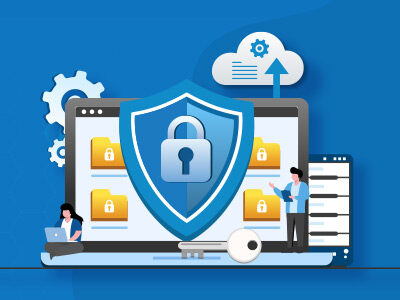Why being cyber resilient is a must for your business
As the globe is getting digitally connected, corporate systems are growing more vulnerable to evolving cyber security risks. High-profile security incidents continued to dominate news headlines in 2021.
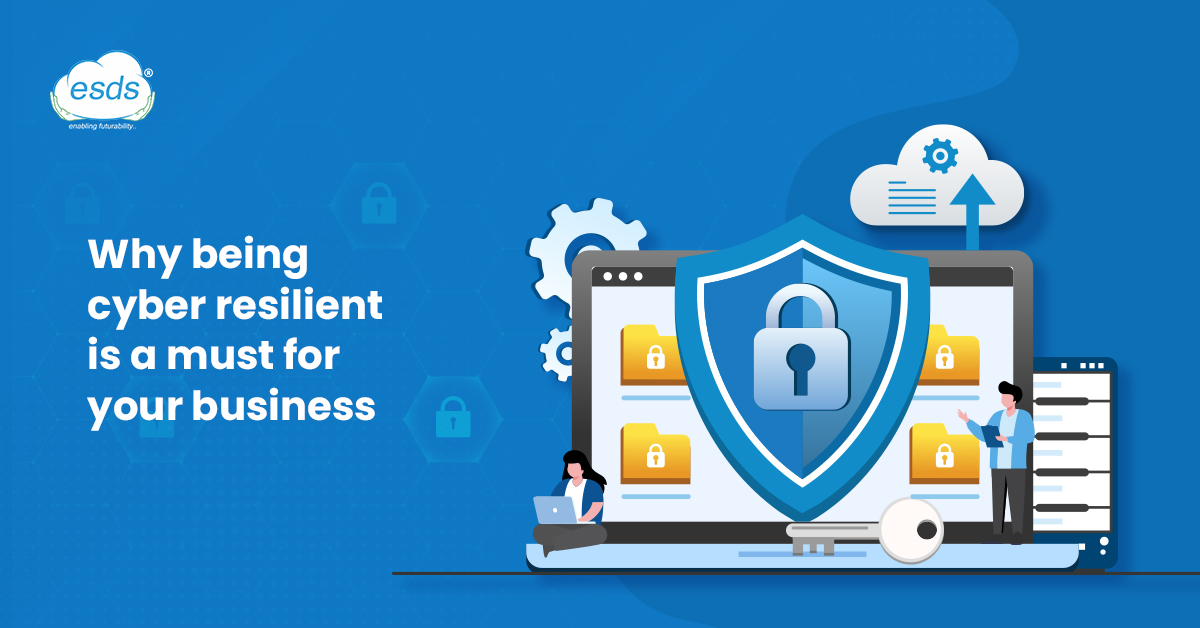
Notably, we saw a concerning increase in ransomware-related data breach events, which increased by 82% in 2021. Attacks on the software supply chain rose by 650% over the course of the year as malicious actors deliberately pushed upstream to disrupt systems by infiltrating open-source software.
Business executives and IT teams need to approach cyber security with the attitude that “it’s not simply an issue of if an event will occur, it’s a matter of when” as they progress into 2022.
order to keep the operation of your company from coming to a complete stop, you must also think about how your systems will react to and recover from a catastrophe and also consider outsourcing with Security insight services that shield you from probable massive damage.
The idea of cyber resilience comes into focus at this point. This article will get you details about the idea and look at various strategies you can utilize to increase the cyber resilience of your company. We’ll focus on the function of backups in developing and putting into practice your cyber resilience strategy.
What is cyber resilience?
Cyber resilience is described as “the ability to predict, withstand, recover from, and adapt to adverse situations, pressures, attacks, or compromises on systems that use or are enabled by cyber resources”
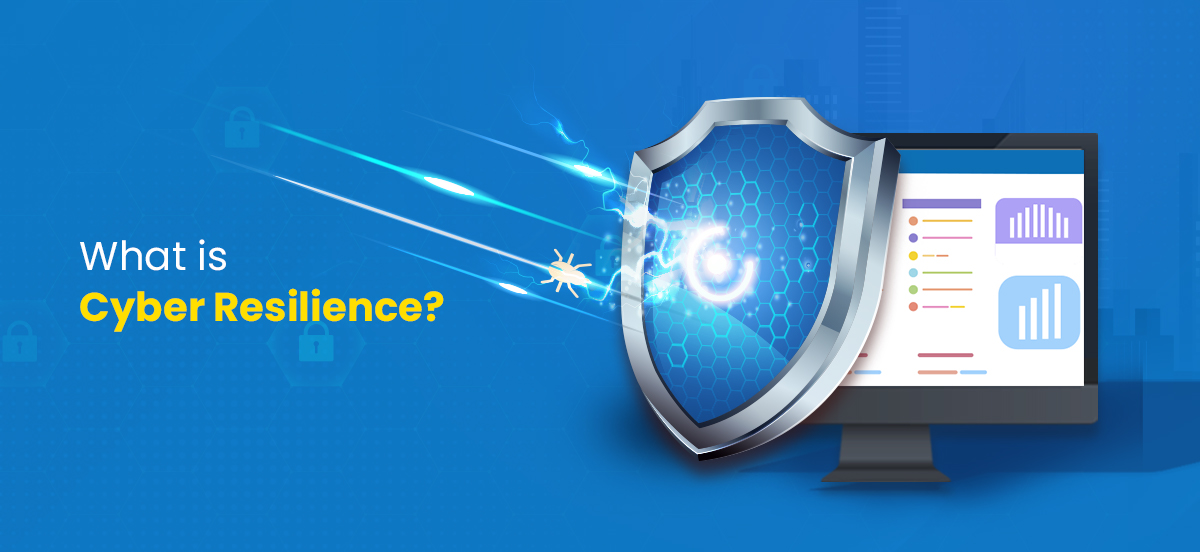
Consider cyber resilience as being “fit” or “primed” digitally. It involves maintaining your company’s data and devices online despite any security dangers that may arise.
Achieving true cyber resilience needs various techniques and levels of security for humans, systems, data, networks, and devices; it is not a one-dimensional or one-time effort. This tactic is frequently referred to as “defense-in-depth.”
Why is cyber resilience important?
It is essential to develop cyber resilience in a world where the threat landscape is always changing. The industry of cybercrime is well-established, well-funded, and well-organized. Today, not just high-profile global corporations but even government targets are at risk.
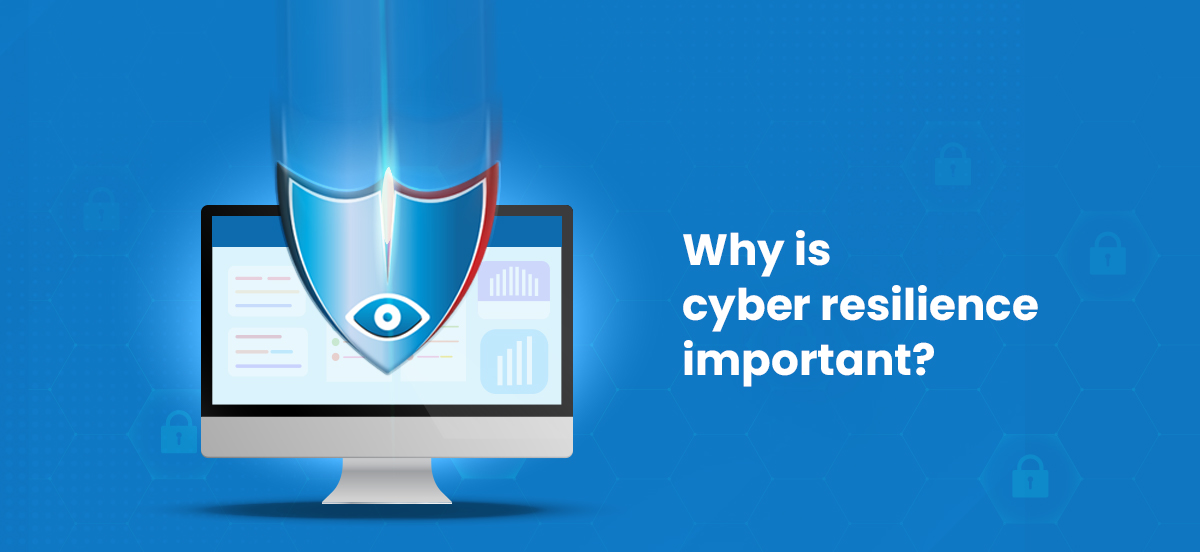
small and medium-sized businesses are susceptible to data breaches. The time when mid-sized businesses could get by with nothing more sophisticated than basic anti-virus software is over. Your need to act could start by securing your website and web assets with ESDS VTMScan and fighting common web threats with robust and comprehensive ESDS eNlight WAF.
It is essential to develop cyber resilience in a world where the threat landscape is always changing. The industry of cybercrime is well-established, well-funded, and well-organized. Today, not just high-profile global corporations but even government targets are at risk.
Even small and medium-sized businesses are susceptible to data breaches. The time when mid-sized businesses could get by with nothing more sophisticated than basic anti-virus software is long gone.
The conventional corporate perimeter has weakened as a result. The traditional perimeter paradigm has been further upended by the recent rise in remote employment. That is the reason, there is a higher risk of data loss as a result of human mistakes, system malfunction, natural catastrophes, network outages, or criminal actors.
The difficulty is exacerbated by stringent, constantly changing data security and compliance rules as well as a significant lack of experienced cyber security experts who can develop, plan, and oversee firms’ cyber defenses.
Building and upholding a cyber-resilient posture enables organizations to:
- Reduce the likelihood that a cyber-security event would result in financial loss and reputational harm.
- Comply with legal and regulatory obligations
- Boost internal culture and internal processes
- Ensure business continuity in case of a cyber-attack, data breach, or other major catastrophic events.
5 tips for increasing your organization’s cyber resilience
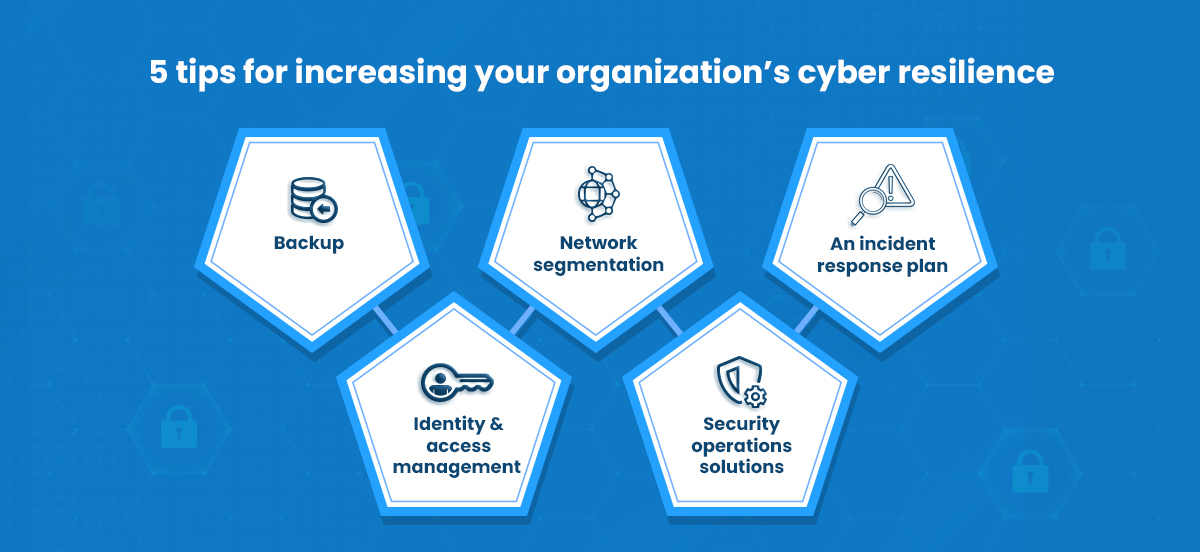
- Backup -A strong backup system will make sure that your company can keep running even if essential systems have been compromised and primary data is lost, distorted, or rendered unavailable. Backup and recovery systems ought to be set up with independent protection.
- Identity and access management -Managing which staff, partners, and clients are permitted access to which devices and services can help reduce the likelihood that security events propagate to business-critical systems and data. You can create trusted identities, define them, and give each one the appropriate access levels. Once you’ve established your IDs, it’s simple to identify any patterns or anomalies right away. To avoid such privilege escalations and illegal accesses, ESDS has created a unique, smart, and controlled access PAM (Privileged Access Management) solution.
- Network segmentation – If the business’s critical and non-critical systems are divided, the harm from a cyber-attack can be reduced and contained. You would ensure that the repercussions of a breach in a non-critical system won’t propagate to the key infrastructure and systems.
- Security operations solutions – Two crucial components of efficient and pro-active business security operations are security orchestration, automation, and response (SOAR) systems and security information and event management (SIEM) systems. But every method handles dangers in a different way. ESDS SOC Services gets you protected from all online attacks.
In order to evaluate potential threats, SIEM collects log and event data from server applications, network devices, and other infrastructure components. If a preset threshold is achieved, it automatically generates a report for the IT security team.
For instance, no alarm would go off if a certain user attempted to log into the system five times in the space of ten minutes. A warning would be sent if 100 tries were made in the same amount of time because it would be considered suspicious.
- An incident response plan – Every person in the company will be aware of what to do (and what not to do) during the initial phases of a cyber-event thanks to an incident response plan. Get everything – DR environment with a plan, people, policy, equipment, process, technology, and Exuberant Support so that you’re always data-protected. Disaster recovery as a Service gives you a single independent DR Site to act as backup for your Multiple Datacenters across the globe.
Be proactive and have a fallback plan
Ensuring safe and dependable systems is still a difficult battle as cyber-attacks continue to increase in frequency and sophistication. Instead of crossing their fingers that such attacks won’t affect them, organizations need to become more proactive and aggressive in defending against them.
ESDS is aware that organizations of all sizes stand to lose more from data loss today than ever before. To counter the threat, its comprehensive security solutions are the answer to your data safety concerns.
- Why does your business need Endpoint Detection and Response (EDR)? - May 15, 2024
- Are your business endpoints completely secure? - March 26, 2024
- Is Colocation key to transforming your data center management strategy? - March 22, 2024
